
Even the most stylish furniture can fall flat without the right design principles guiding it. And professional designers only trust a handful of golden rules to create balance, flow, and impact in any space. The best part? They’re surprisingly easy to apply. Let’s break down the design essentials that can instantly upgrade your home.
Scale And Proportion
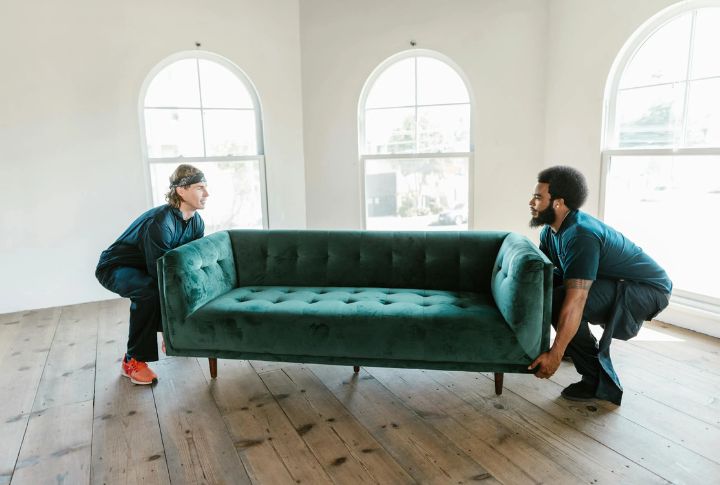
Getting scale right is like setting the rhythm of your space. It dictates how everything feels when you walk in. Start with furniture that actually fits your room’s size, and harmony follows. From there, rely on the golden ratio: 60% major pieces, 40% accents.
Layered Lighting
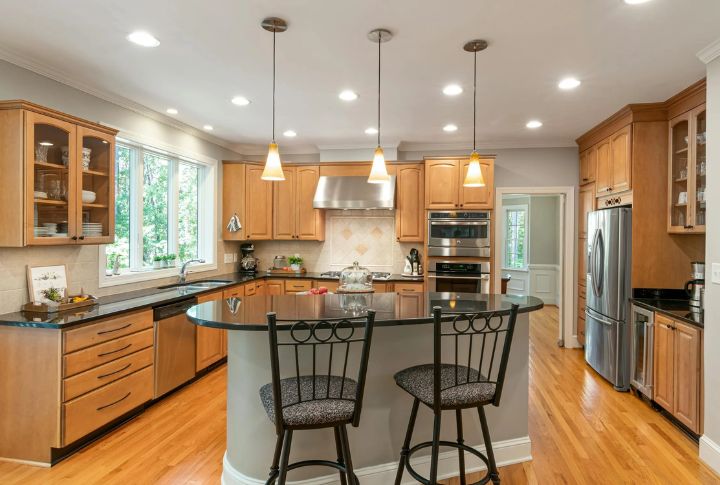
Think of accent lighting as the spotlight, which draws attention to your favorite features. Layer in ambient lighting to bathe the room in warmth, then finish with task lighting that actually works for your daily needs. Together, these layers create a space that feels both dramatic and welcoming, day or night.
Focal Point
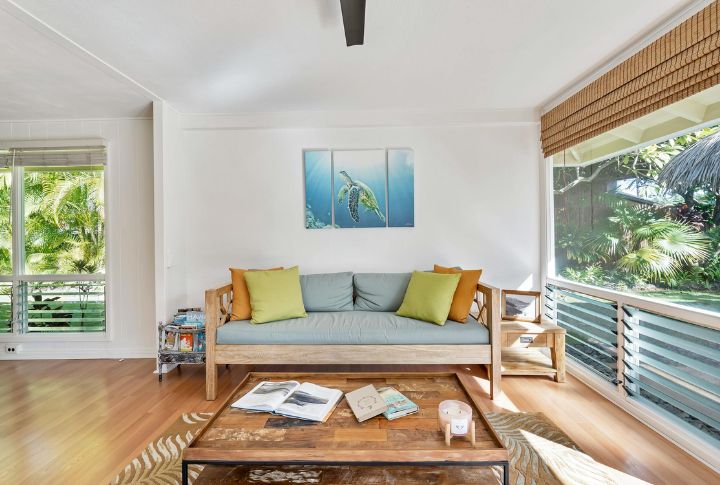
Step into a room without a focal point, and it feels like your eyes don’t know where to land. But add a statement piece and suddenly the space has purpose. With a little negative space around it, that anchor becomes the star that ties everything together.
Mix Materials And Textiles
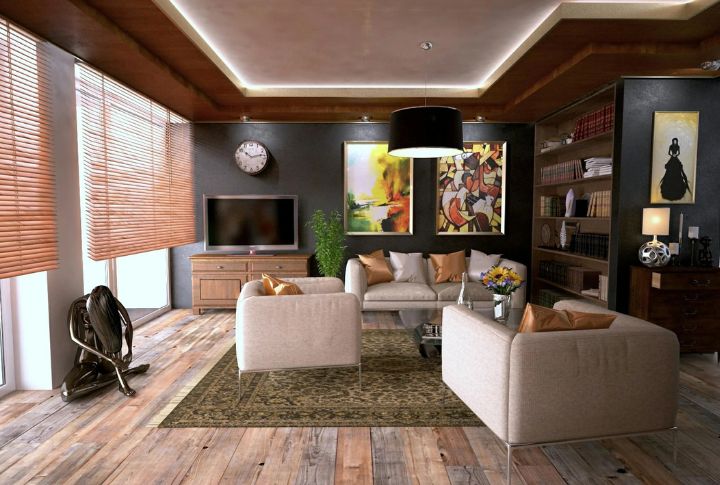
Have you ever noticed how a room with just one texture feels flat? The magic happens when you mix it up. Combining different materials adds dimension and warmth, which makes the room feel dynamic rather than dull. Some popular combinations include linen with velvet and wood with metal.
60-30-10 Color Rule
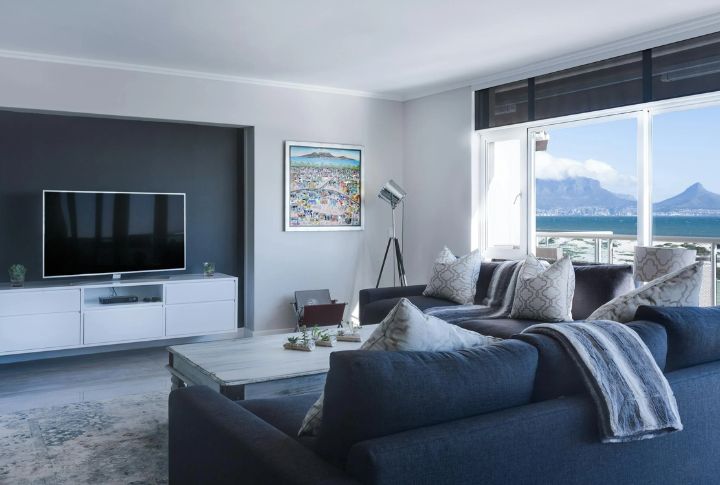
Picture this: 60% of your room dressed in a dominant shade, 30% layered with a supporting tone, and 10% reserved for those bold, personality-packed pops of color. No tape measures needed. Just trust your eye, and the room naturally feels pulled together.
Properly Sized Rug
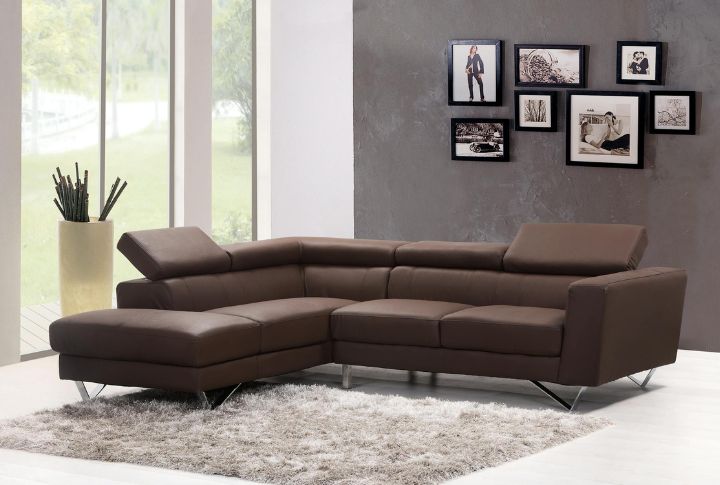
Nothing throws off a room’s vibe faster than a rug that’s way too small. A skimpy rug makes everything look disconnected, almost like furniture floating away. The fix? Choose one that’s big enough to ground the seating area and define the zone.
Hang Art At Eye Level
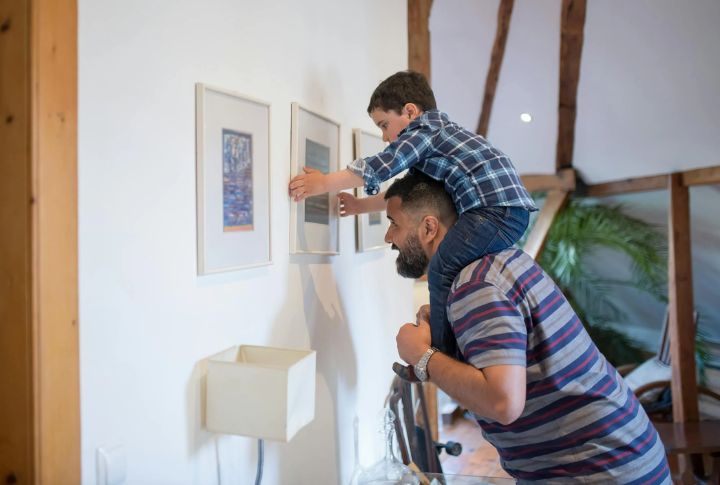
That’s why designers swear by the 57–60 inch rule for art placement on the wall. It is the sweet spot where the human eye naturally rests. Hang your pieces there, and suddenly your walls come alive. Add in a few dynamic groupings, and even the plainest wall turns into an engaging visual story.
Edit And Curate
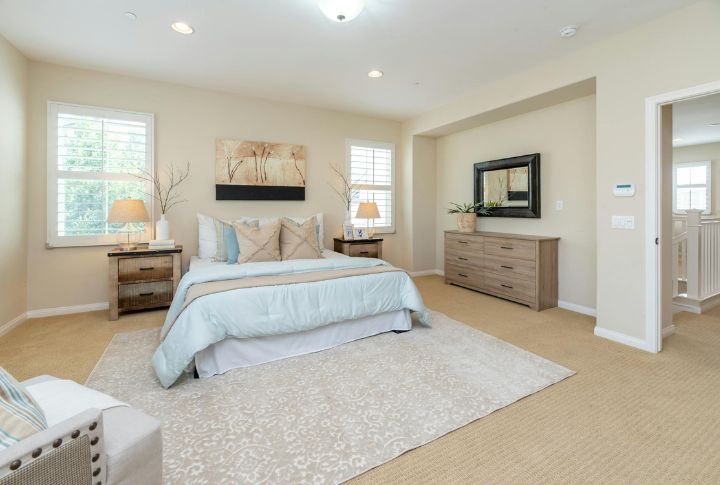
Cluttered layouts can quickly overwhelm a space, which makes even cherished pieces lose their impact. The strategic use of negative space provides the perfect solution and acts as a natural frame while creating visual breathing room. So, always arrange objects in odd-numbered groupings and varying heights.
Plan Circulation Paths
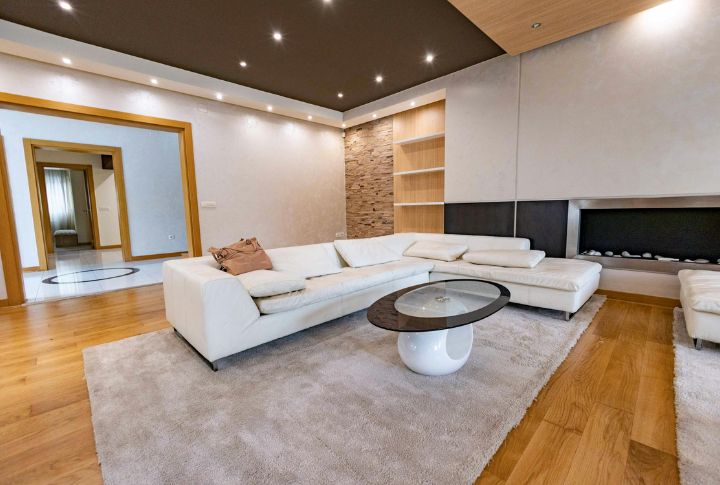
Before setting anything down, map out how people will move through the room. Wide, natural walkways make a space feel open and easy to use. Get this right, and your layout feels both welcoming and completely effortless. It is an important step, especially in your bedroom, where you spend most of your time.
Window Treatments For Scale And Softness

Window treatments shape how a room feels. The way they’re chosen and placed can visually expand proportions and introduce a sense of balance. By treating them as both a functional and decorative element, they become tools for adding scale and cohesion to any space.

